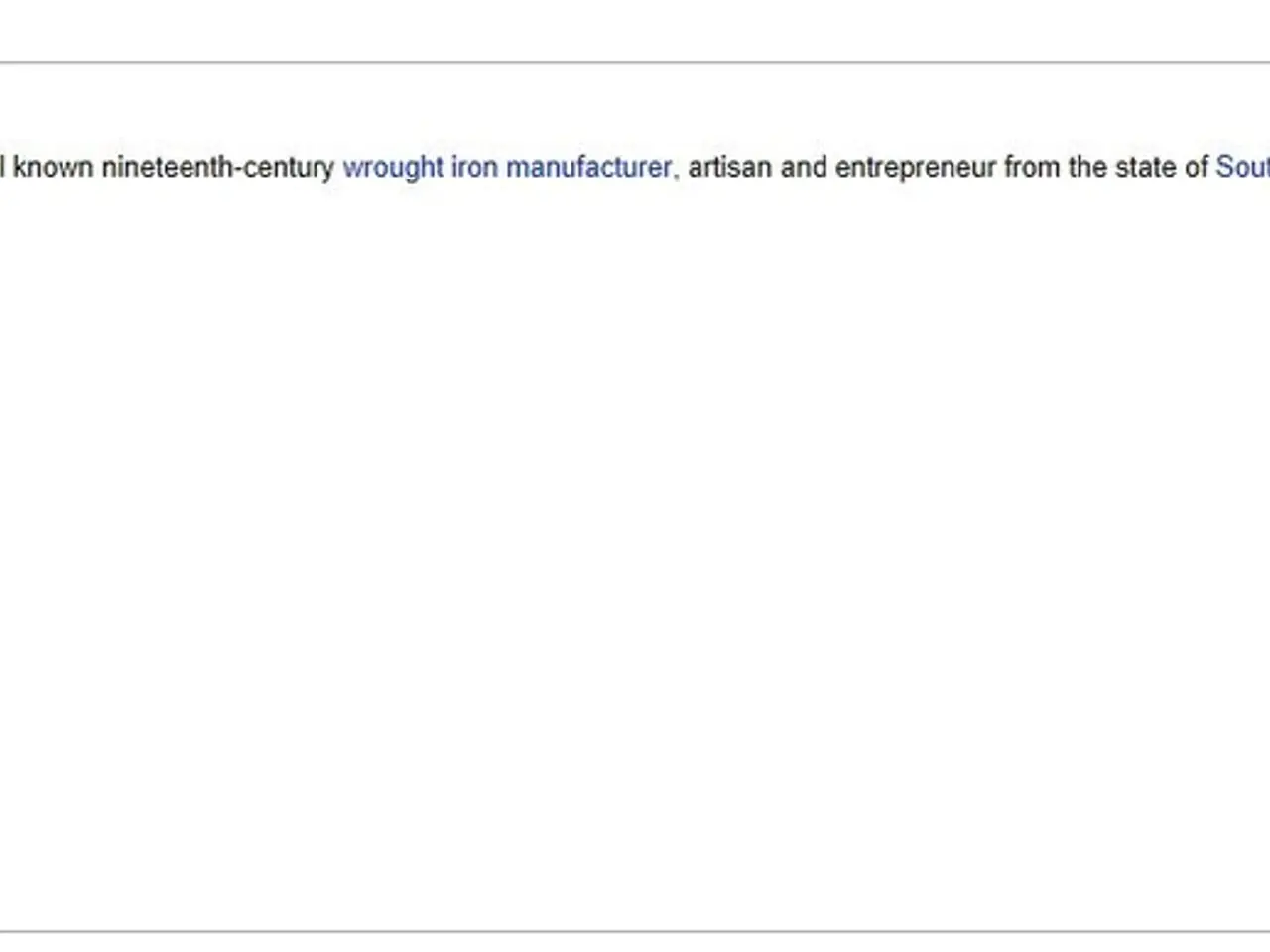Aviation Pioneer: Henri Coanda, A Key Figure in Aerodynamics
Henri Coanda: Pioneering Aviation Pioneer
Henri Coanda, born on June 7, 1886, in Bucharest, Romania, made groundbreaking contributions to the field of aeronautical engineering. Coanda is best known for discovering the Coanda effect, a significant discovery in aerodynamics, and for developing one of the first jet-propelled aircraft.
In 1909, Coanda travelled to Paris to study aeronautical engineering. His journey took him to the heart of the burgeoning aviation industry, where he would make his mark.
During World War I, Coanda designed several aircraft in France. One of his most notable creations was the Coanda-1910, an experimental aircraft powered by a jet engine that utilized the Coanda effect to direct airflow. Although not successful as a practical aircraft, it was one of the earliest attempts at jet propulsion. Despite some sources claiming that the Coanda-1910 never flew, Coanda himself claimed to have made some tests with it.
The Coanda effect, discovered around this time, describes the tendency of a fluid jet to stay attached to a convex surface. This phenomenon has significant applications in aerodynamics and fluid mechanics. Coandă's discovery remains a key concept in fluid dynamics and aeronautical engineering to this day.
After the war, Coanda continued to pursue his passions of travelling and inventing new machines. He left the army and took a long trip into Asia, visiting places in Iran and Tibet. During this time, he also worked in the UK as a technical manager for three years before returning to France.
Coanda's insights influenced modern aerodynamics and engineering disciplines, continuing to find applications in aircraft design, fluidics, and even non-aeronautical technologies. In addition to his engineering career, Coandă had an artistic background, having studied sculpture with Rodin, which influenced his creative approach to invention.
Coanda's later work contributed significantly to aeronautical engineering, and he reorganized the Department of Aeronautical Engineering of the Polytechnic University of Bucharest. His lasting legacy includes the naming of the Henri Coandă International Airport in Bucharest, Romania, underscoring his importance to aviation history.
Henri Coandă passed away on November 25, 1972, in Bucharest at the age of 86. Information about Coandă can be found on Wikipedia and Edubilla. For those interested in learning more about this pioneering engineer, these resources are a great place to start.
- Henri Coanda's innovations in the realm of science and technology, particularly in the aerospace sector, had a profound impact on the development of the aviation industry and finance.
- Coanda's discoveries, such as the Coanda effect, have been instrumental in the advancement of space-and-astronomy, proving his significance as a pioneer in the field of science and technology.
- His contributions to the field of aeronautical engineering extend beyond aviation, influencing various industries, including technology and the broader industry, with his inventions still holding relevance in modern fluid dynamics and engineering disciplines.








